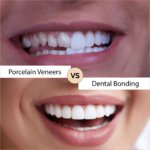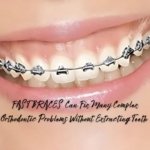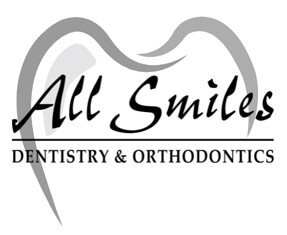
September 09, 2024
There are various factors that contribute to gum recession, some of which are related to dental hygiene habits, while others are systemic or genetic. Here are the most common causes:
Gum recession progresses in four stages, and early detection is key to preventing further damage.
The good news is that gum recession can be managed or even reversed with the right treatments, depending on the stage of the condition.
Preventing gum recession is often easier than treating it. Here are a few simple tips to help keep your gums healthy:
Gum recession is a common yet often overlooked dental issue. Understanding the causes, stages, and treatments of gum recession is essential for maintaining optimal oral health. If you notice any signs of gum recession, such as sensitivity, visible root surfaces, or gums pulling away from teeth, it’s important to consult with a dentist as soon as possible.
Addressing gum recession early can prevent more serious complications down the road and ensure that your smile stays healthy for years to come. By staying informed and proactive, you can prevent or manage gum recession and keep your teeth and gums in the best condition possible.


Stop Waiting for Pain: Why Prevention Beats Costly Dental Treatments

Pulpotomy vs. Pulpectomy: What’s the Difference




| M | T | W | T | F | S | S |
|---|---|---|---|---|---|---|
| 1 | 2 | 3 | 4 | 5 | 6 | 7 |
| 8 | 9 | 10 | 11 | 12 | 13 | 14 |
| 15 | 16 | 17 | 18 | 19 | 20 | 21 |
| 22 | 23 | 24 | 25 | 26 | 27 | 28 |
| 29 | 30 | 31 | ||||

